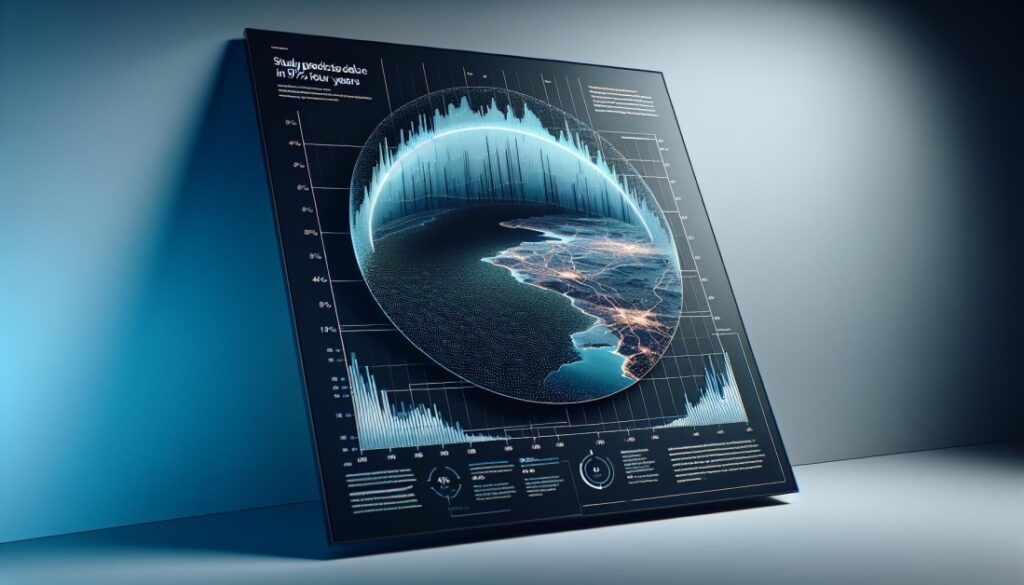Biometric Payments in Aviation: Optimizing Airport Transactions and Security

Biometric Payments for Air Travel: Simplifying Airport Transactions and Security
The biometric payment system in air travel begins with a fundamental change in passenger behavior. The traditional methods of presenting your boarding pass and identification documents such as ID cards are being replaced by biometric identifiers such as fingerprints, facial recognition and iris scanning. This transition not only reduces the number of physical documents but also speeds up the process. These authentication processes are becoming increasingly common at airports and airlines, contributing to shorter queues and smoother passenger flow.
Efficient check-in processes
Biometric payment has revolutionized many areas, including the check-in process. Check-in is now seamless for travelers. The biometric data is linked to the reservation and eliminates the need for manual booking. The time passengers spend in queues is reduced by reducing physical document verification.
Streamlining security checks
Traditional security protocol involves verification of identification documents and boarding passes, which can cause bottlenecks at peak times of travel. Biometric technology enables more accurate and efficient authentication, allowing authorities to focus on potential security threats. This allows smoother and faster passage through security checkpoints.
Easy Boarding
The final phase of air travel, the boarding phase, is being redesigned with biometric boarding. Passengers’ biometric data can be used when boarding a plane. This eliminates the need to perform physical boarding passes, manual checks and verification, reducing the likelihood of errors and improving efficiency.
Addressing privacy and security concerns
The integration of biometric payments into air travel has brought a number of benefits, but it also raises privacy and data security concerns. The industry is taking precautions to protect passengers’ biometric data, implementing advanced encryption technologies and strict data protection regulations.
Global adoption of the technology and its future prospects
Biometric payment in air travel has become a global phenomenon, creating an efficient and safe aviation ecosystem. Major airports and airlines are using this technology, and as technology advances, integration becomes more common. The seamless integration of biometric data into various aspects of air travel will create new opportunities and improve the overall experience of a trip.
The conclusion of the article is:
The integration of biometric data in air transport represents a significant advance, making aviation more efficient, safer, and smoother. Biometric solutions are the future of air travel, promising a more optimized experience and marking an important milestone in the ongoing development of the aviation industry.





